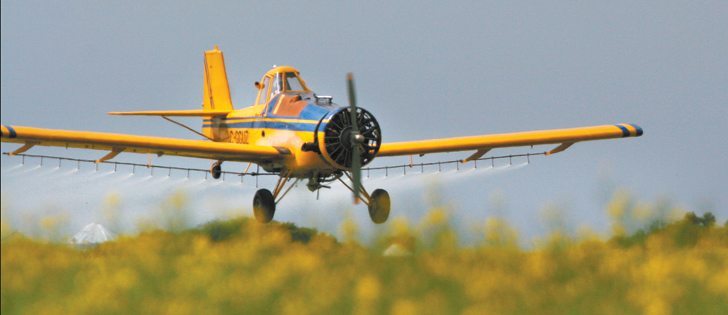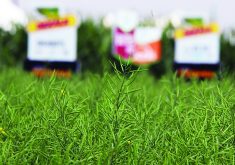Control and research | Sask. producers should closely monitor their canola fields as application thresholds rise with prices
Swede midge has been known in Saskatchewan for several years but made its first attack on producers’ bottom lines last year, says Scott Hartley of Saskatchewan Agriculture.
The insect was first identified in 2007 in the province’s northeast but didn’t cause economic damage until last year, when the pest, from the same family as wheat midge, caused isolated damage in that region.
Agriculture Canada surveying in the area commonly found the insects in fields, although damage was typically minimal.
Conditions were right, Hartley told producers at the Saskatchewan Canola Development Commission’s recent meeting during Crop Production Week.
Read Also

Gap in emission regulations hamstrings Canadian hybrid truck manufacturer
A B.C. company building hybrid engines for heavy trucks says they have the opportunity to build something leading edge in Canada, but our own laws are stopping them from doing it.
He said Swede midge was assisted by wet conditions and mild temperatures as it overwintered in the soil. The insects then hit as the canola field flowered, gluing the petals together and resulting in sterile florets.
“This is not one I’ll suspect we’ll have to spray for, but it’s something we should be watching for at least next year,” he said.
“It’s important that we know more about this one because of the canola acreage.”
Hartley said the province, particularly in the central regions, is also in the midst of a bertha armyworm outbreak, although populations can be managed through spraying when feasible.
“We do have good economic threshold information on this one,” he said.
Other pests that may have taken producers by surprise in 2012 include:
- Flea beetles: “There were some issues with seed treatments. They only have a certain life expectancy in the soil. One of the problems was that there were slow growing conditions this year, of course. As a result, we did see some treatments weren’t any longer active and there was foliar sprays required.”
- Zebra caterpillars: “This one came out just a little bit before bertha (army worms) and really in higher numbers than I’ve ever seen here. Most producers that did have it had never seen it damaging to this level. (There are) no registered insecticides, but spraying for diamondback (moths) or early bertha armyworms probably would’ve got this one.”
Hartley said researchers continue to study cutworms in the province, seeking more information to better help farmers in identification. However, provincial officials received fewer reports of cutworms last year than they did in 2011 and 2010.
“This seems to be a trend, too. As soon as we get funding in place to do some of the research, the populations decline,” he said. “Either way, I think the money’s worth it.”















